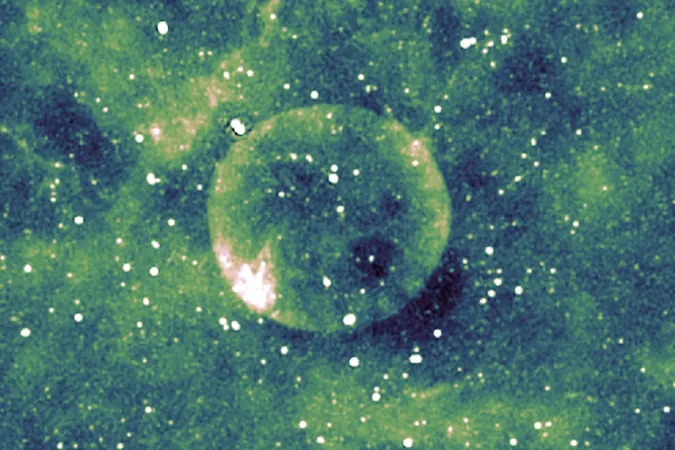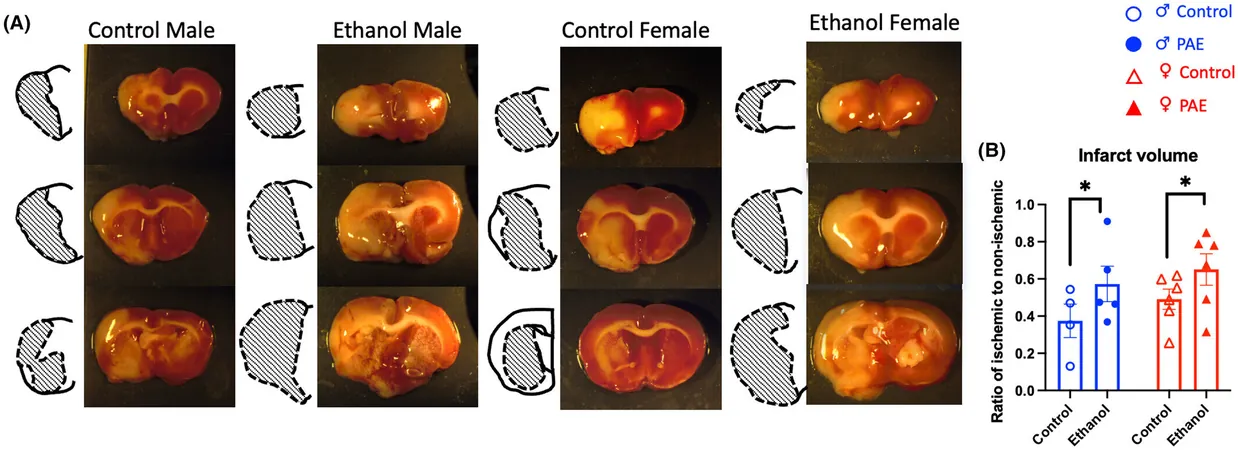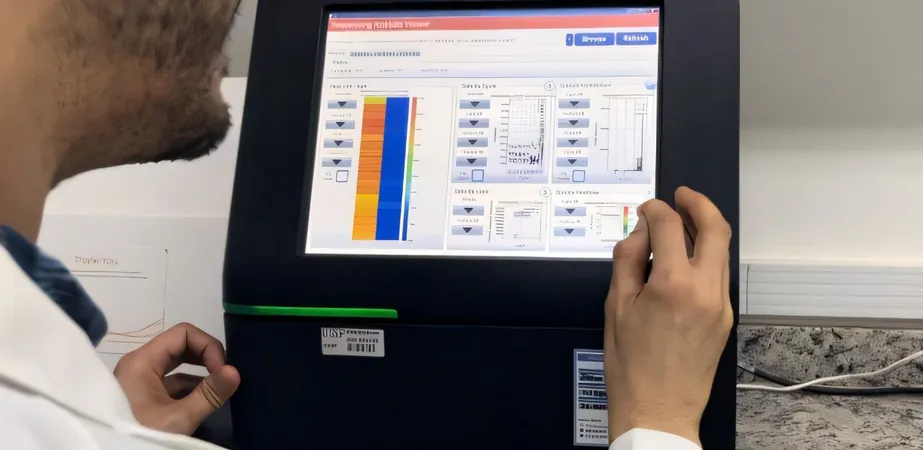
Mysterious Perfectly Spherical Supernova Has Astronomers Scratching Their Heads
2025-05-20
Author: Ming
A Cosmic Enigma in the Milky Way
The universe is a wild and chaotic expanse, filled with exploding stars, black holes, and wandering rogue planets. So when astronomers stumbled upon a celestial anomaly exhibiting stunning spherical symmetry, it raised eyebrows and questions about perfection in an otherwise turbulent cosmos.
This cosmic curiosity, named Teleios—derived from the Greek word for 'perfect'—is the remnant of a galactic supernova. Its striking circular shape makes it one of the most symmetrical objects ever observed in space. However, its low brightness perplexes researchers, as it boasts one of the faintest surface brightness levels among known supernova remnants, prompting discussions about its origins and characteristics.
Discovery and Distance Dilemmas
The groundbreaking discovery was documented in a paper submitted to the Publications of the Astronomical Society of Australia and can be found on the preprint platform arXiv. Data was captured by the Australian Square Kilometer Array Pathfinder, revealing a celestial debris cloud that emerged after a stellar explosion.
Positioned within our Milky Way galaxy, Teleios presents a challenge in determining its distance from Earth. Estimates range widely between 7,175 and 25,114 light-years, leading to significant variations in its perceived size. If it’s closer to us, Teleios spans approximately 46 light-years across; if farther, it stretches an impressive 157 light-years.
The Mystery Deepens: Size and Emissions
These distance variations imply different timelines for Teleios's existence. At the smaller estimate, it could be a relatively young remnant—less than 1,000 years old. Conversely, if it’s the larger estimate, this supernova remnant might have been drifting through space for over 10,000 years.
Adding to the intrigue, Teleios emits signals only in radio wavelengths, defying predictions of accompanying X-ray emissions. Researchers speculate it might be a Type Ia supernova, which occurs in binary systems involving a white dwarf star. However, clues point to a nearby star that aligns with this model, casting doubt on Teleios's size, as it would suggest a span of just 11 light-years, which does not match any established distance measurements.
Unraveling the Mystery of Teleios
"We consider several scenarios to rationalize the peculiar properties of Teleios, though each comes with its own complexities," the research team noted in their paper. While they lean towards the Type Ia hypothesis, they emphasize the absence of concrete evidence to confirm any aspect of their theories fully.
To decipher the enigma of Teleios's perfect shape and anomalies, the researchers call for advanced, high-resolution observations. As we continue to probe the wonders of the cosmos, this mysterious supernova promises to reveal deeper insights into the universe’s secrets.






 Brasil (PT)
Brasil (PT)
 Canada (EN)
Canada (EN)
 Chile (ES)
Chile (ES)
 Česko (CS)
Česko (CS)
 대한민국 (KO)
대한민국 (KO)
 España (ES)
España (ES)
 France (FR)
France (FR)
 Hong Kong (EN)
Hong Kong (EN)
 Italia (IT)
Italia (IT)
 日本 (JA)
日本 (JA)
 Magyarország (HU)
Magyarország (HU)
 Norge (NO)
Norge (NO)
 Polska (PL)
Polska (PL)
 Schweiz (DE)
Schweiz (DE)
 Singapore (EN)
Singapore (EN)
 Sverige (SV)
Sverige (SV)
 Suomi (FI)
Suomi (FI)
 Türkiye (TR)
Türkiye (TR)
 الإمارات العربية المتحدة (AR)
الإمارات العربية المتحدة (AR)